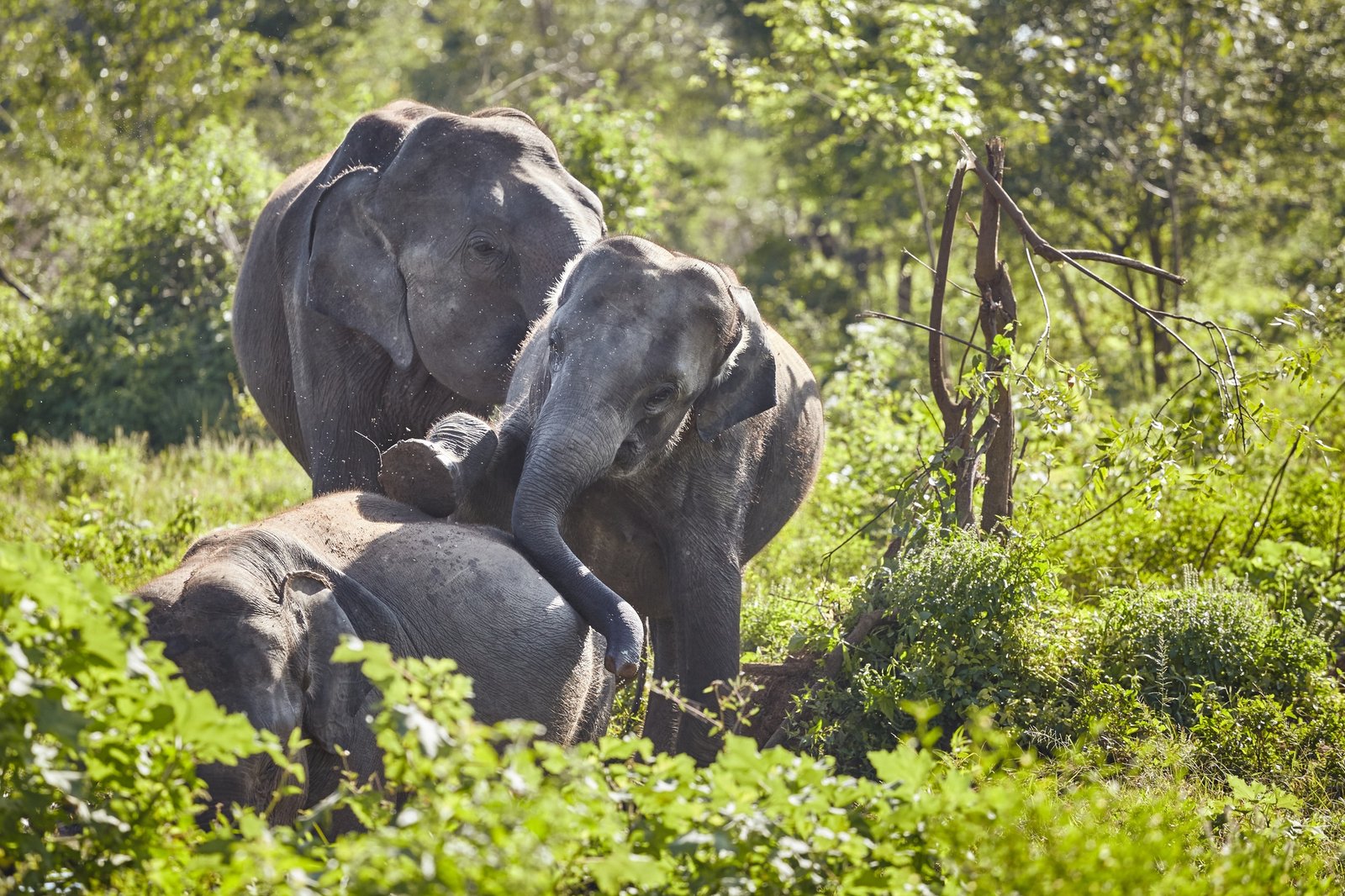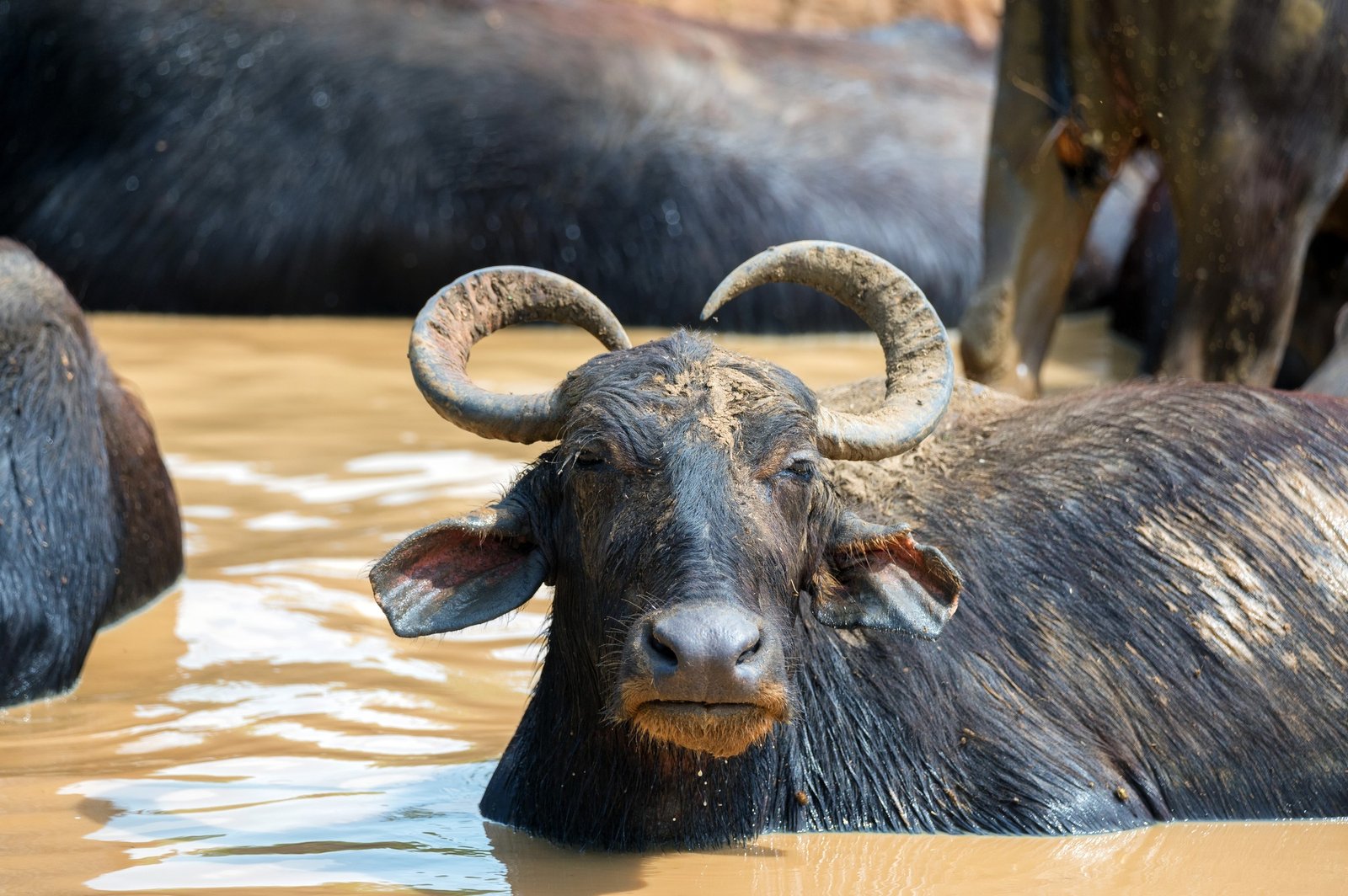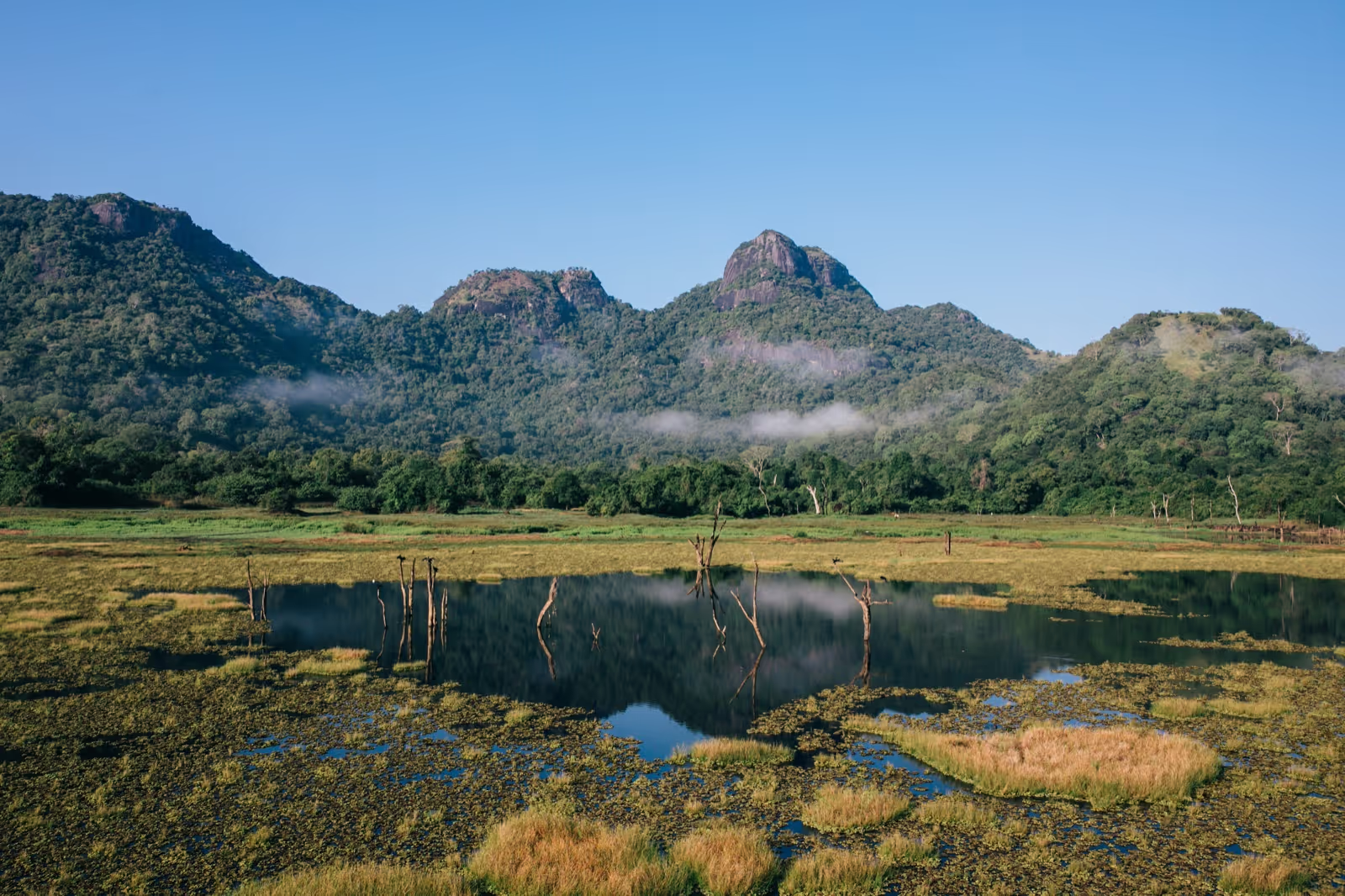Introduction
When people think of safari, their minds often jump to Africa, yet Sri Lanka ranks among the world’s most rewarding places to see wildlife. Despite covering only 65,000 square kilometres, the island is dotted with national parks and protected reserves where elephants, leopards, sloth bears, crocodiles and hundreds of bird species roam. Because habitats range from dry scrub to wetlands and rainforest, each park has its own character and signature species. Safaris here are also more affordable and easier to access than many African counterparts. This guide introduces the major safari destinations in Sri Lanka, explains what you can expect to see and offers tips on making the most of your wildlife encounters.
Yala National Park: leopard country

Yala National Park on Sri Lanka’s south-east coast is the country’s most visited reserve and arguably its most famous. The park’s mosaic of scrubland, forests, lagoons and rocky outcrops supports one of the highest densities of leopards in the world. While these elusive cats are still challenging to spot, patient visitors frequently see them lounging on granite rocks or prowling through the brush. Yala is also home to a healthy population of Sri Lankan elephants, sloth bears, sambar deer, spotted deer and wild boar. Its wetlands attract crocodiles, water buffalo and a staggering variety of birdlife, including painted storks and eagles.
Safaris in Yala typically take place in open-air jeeps with a driver and tracker. Early morning and late afternoon are the best times for animal activity. Because the park closes in September for animal breeding, plan your visit accordingly. The park is divided into five blocks; Block 1 is the most popular and busiest, but blocks 3 and 5 offer quieter experiences with fewer vehicles.
Udawalawe: elephant encounters

Located to the south of the central hills, Udawalawe National Park was created to provide a habitat for animals displaced by the building of the Udawalawe reservoir. The park’s wide open plains and grasslands make it one of the best places in Sri Lanka to see elephants up close. Herds often wander across the road in front of jeeps, and solitary males can be seen cooling off in water holes. Udawalawe is also home to water buffalo, mongooses, crocodiles and over 200 species of birds. Because the vegetation is low and open, sightings are generally reliable year-round.
Adjacent to the park, the Udawalawe Elephant Transit Home rehabilitates orphaned and injured elephant calves with the aim of releasing them back into the wild. Watching these young elephants being bottle-fed is heart-warming, but keep in mind that visitors are not allowed to touch or feed them to ensure successful reintegration.
Wilpattu: lakes and leopards in the north

Wilpattu National Park, located in the north-west of the island, is Sri Lanka’s largest reserve yet remains far less visited than Yala. Its name means “Land of Lakes,” referring to the dozens of natural rainwater basins called villus that dot the park. These water bodies attract wildlife, making them prime spots for viewing leopards, elephants, mugger crocodiles and spotted deer. Because Wilpattu stretches across both dry and intermediate climatic zones, it offers varied landscapes—from dense scrub and sandy trails to open plains. The park is also a haven for birdwatchers, with species such as painted storks, spoonbills, white-bellied sea eagles and owls.
Wilpattu is open year-round, though the dry season from February to October offers the best visibility. Distances between sightings can be longer here, so patience is essential; the reward is fewer jeeps and a greater sense of solitude.
Minneriya and Kaudulla: the elephant gathering

On the central plains near the Cultural Triangle, the small parks of Minneriya and Kaudulla host one of Sri Lanka’s most extraordinary natural spectacles. During the dry season, typically from July to early November, hundreds of elephants migrate from surrounding forests to feed and drink at the reservoirs. This event, known as The Gathering, is considered the largest congregation of Asian elephants anywhere in the world. Mothers with calves, young bulls and matriarchal groups mingle peacefully in the open grasslands, creating photographic opportunities and unforgettable memories. The elephants move between Minneriya and Kaudulla depending on water levels, so park guides decide on the day which reserve offers better sightings.
Because the Gathering depends on weather patterns, its timing can vary slightly each year. Safaris to these parks usually start mid-afternoon to coincide with the elephants’ arrival at the water. Keep noise to a minimum and stay inside the vehicle to avoid disturbing the animals.
Gal Oya and other off-the-beaten-track parks

For travellers who prefer more remote experiences, Gal Oya National Park in the eastern reaches offers boat safaris on Sri Lanka’s largest inland lake. Guests can glide among islands while watching elephants swimming between them and birds nesting along the shoreline. The park’s limited infrastructure and low visitor numbers mean wildlife encounters feel intimate and authentic. Another lesser-visited reserve, Wasgamuwa, is good for spotting both elephants and sloth bears, while Bundala on the south coast is internationally recognised as a Ramsar wetland and draws flocks of migratory birds.
What to expect on safari
Sri Lanka’s safaris are generally half-day trips led by experienced drivers or naturalists. In most parks, self-driving is not permitted, ensuring that animals are protected and visitor impact is controlled. Jeeps are open-sided, offering unobstructed views and allowing you to stand for better photography. Early mornings (around 6 am) and late afternoons (around 3 pm) are the best times to see wildlife, as temperatures are cooler and animals are more active. Mid-day safaris tend to be quieter because most animals rest during the heat. Dress in neutral colours to blend into the environment, bring a hat and sunscreen, and carry a light jacket for cooler mornings.
Respecting wildlife is paramount. Maintain a safe distance, avoid loud noises and never feed or attempt to touch animals. Your guides know the parks well; listen to their instructions and use their knowledge to learn about animal behaviour, track signs and park ecology. Tipping is customary if you feel your guide has provided an exceptional experience.
Conservation and responsible travel
Sri Lanka’s wildlife faces challenges from habitat loss, poaching and increasing human–animal conflict. The Sri Lankan elephant is classified as endangered, with conservation groups estimating that about 6 percent of the population is killed annually due to conflict with humans. Leopards and sloth bears also face threats from shrinking habitats. By visiting national parks and paying entrance fees, travellers contribute to conservation efforts and provide an economic incentive to protect these areas. Supporting responsible operators who minimise environmental impact and respect park regulations helps ensure that safaris remain sustainable.
You can further reduce your footprint by avoiding single-use plastics, carrying out your rubbish and choosing lodges that prioritise eco-friendly practices. Remember that wildlife viewing is a privilege—treat it as such by practising patience and gratitude.
In summery
A Sri Lankan safari offers the thrill of spotting elusive leopards, the wonder of witnessing elephant gatherings, and the peacefulness of drifting past crocodile-filled lagoons. With a range of national parks suited to different interests and seasons, you can tailor your wildlife adventures to complement cultural tours or beachside relaxation. Each safari also supports conservation efforts and offers a deeper understanding of the island’s remarkable biodiversity. To plan a safari that fits seamlessly into your itinerary—and to benefit from knowledgeable guides who truly understand the land—reach out to Thusi Tours Sri Lanka. We’ll help you select the ideal park, coordinate with responsible operators, and create an experience you’ll carry with you long after the journey ends.
